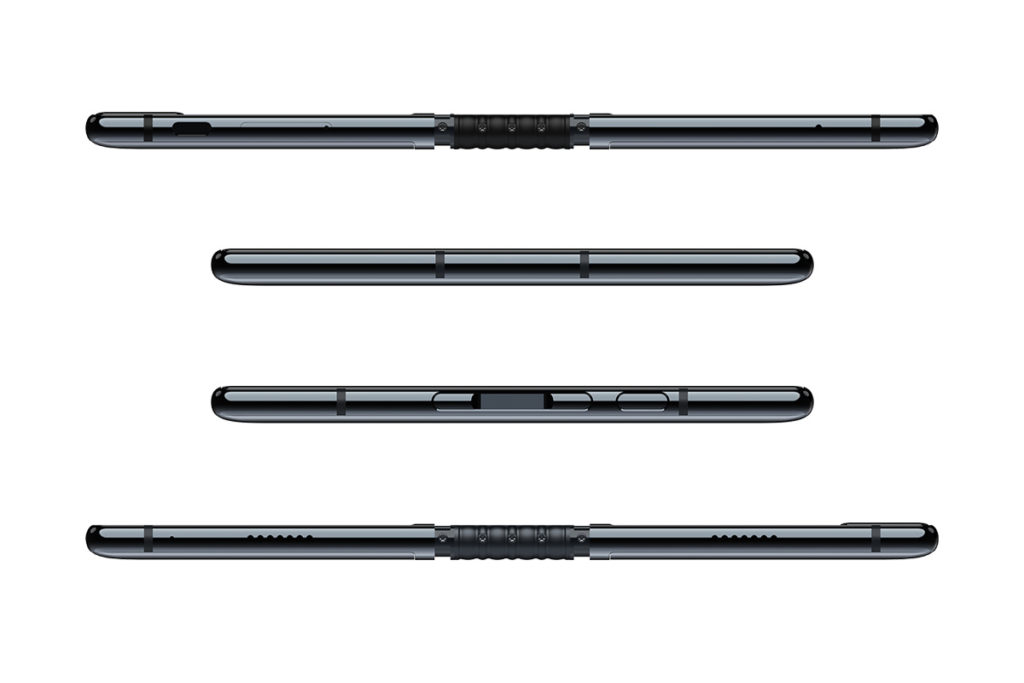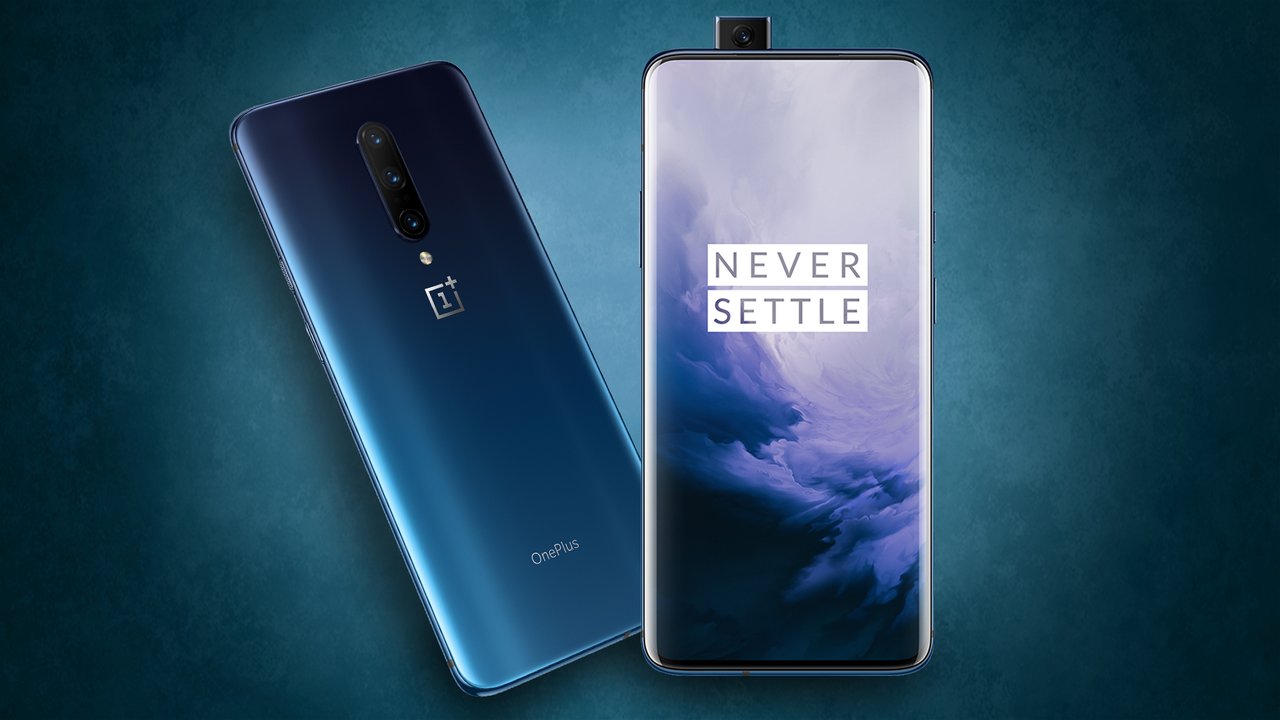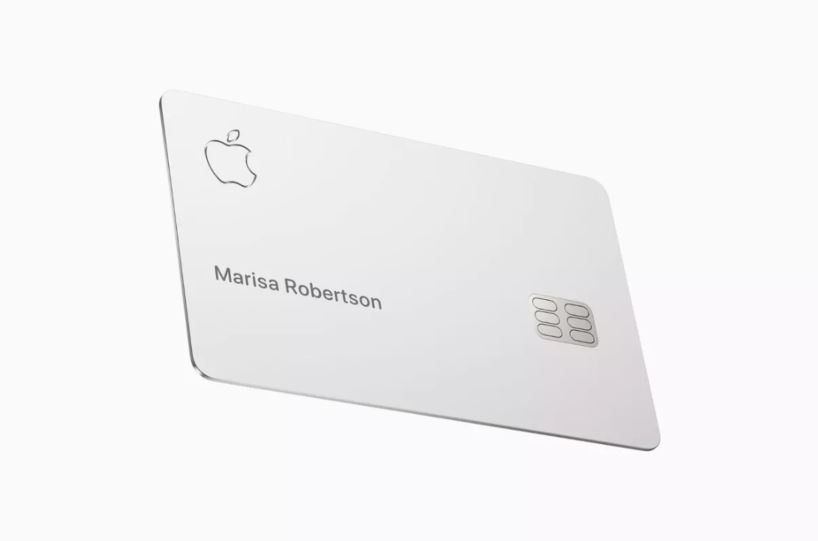While smartphones have become more powerful and feature rich than ever before, they now suffer from a sea of sameness, bordering on boredom. Technological innovations that enable devices to bend and fold are a new line of design thinking for the industry that are not just visually appealing, but make sense, as they give one a device that can double its screen to enable one to read, play or write better.
Given that smartphone sales are slowing, smartphone manufacturers are toying with foldable emerging as a potential direction for future generation phones, and one that is able to provide the necessary impetus to smartphone market growth. Apple and Samsung, among others, are working on foldable phones with a flexible display.
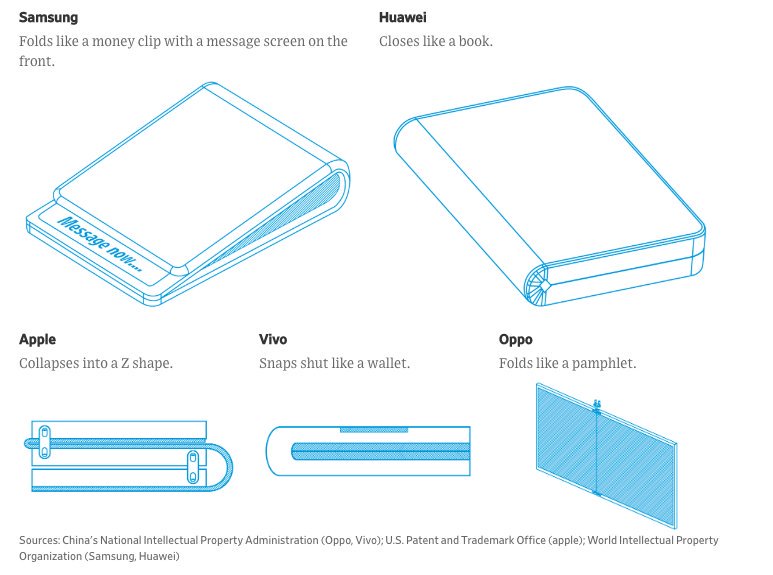

Founded by Stanford engineering graduates in 2012, Royole creates and manufactures next-generation human-machine interface technologies and products including advanced flexible displays, flexible sensors, and smart devices. Royole’s technology milestones include the world’s thinnest full-color AMOLED flexible displays and flexible sensors (2014), the world’s first foldable 3D mobile theater (2015), the world’s first curved car dashboard based on flexible electronics (2016), the first smart writing pad, RoWrite, based on flexible sensors (2017), the volume production of Royole’s quasi-G6 mass production campus for fully flexible displays (2018), and the world’s first commercial foldable smartphone with a fully flexible display, FlexPai (2018).
Disrupting consumers’ traditional concept of a smartphone, FlexPai can be used either folded or unfolded, giving it the portability of a smartphone plus the screen size of a high-definition tablet.
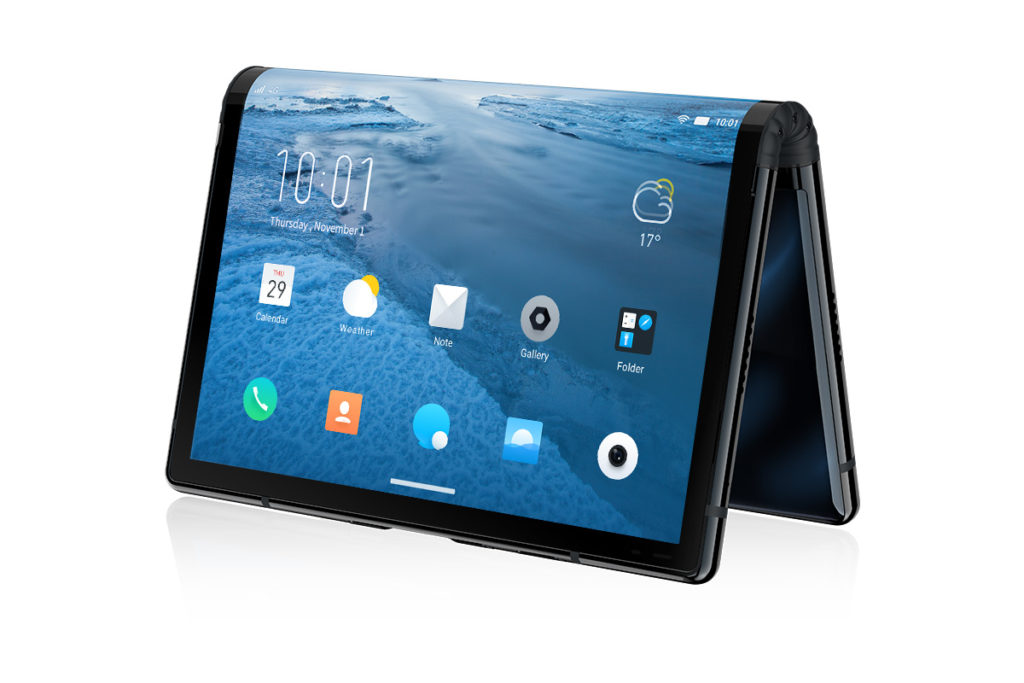
Royole officially launched the world’s first commercial foldable smartphone with a flexible display, FlexPai, a combination of smartphone and tablet on October 31, 2018 in Beijing. Disrupting consumers’ traditional concept of a smartphone, FlexPai can be used either folded or unfolded, giving it the portability of a smartphone plus the screen size of a high-definition tablet.
FlexPai features Royole’s independently developed and mass produced 2nd generation Cicada WingTM fully flexible displays. The device can be bent freely from 0 to 180 degrees and supports more than 200,000 bends. Moreover, FlexPai’s screen cannot be cracked or easily scratched, ending the era of broken smartphone screens. When unfolded, FlexPai supports split-screen mode and multi-tasking; supports drag-and-drop across applications, enabling it to share features just as a computer does; automatically adjusts screen sizes; and provides enjoyable video-watching and gaming experiences. When folded, FlexPai can support dual screens with separate, simultaneous operations. The interface on the primary and secondary screens can mutually interact with each other, or independently use different interfaces without interfering with one another. Users can also get notifications on the edge screen side bar, which can be used to manage calls, messages, and other notices that may disturb the primary and secondary screen usage.
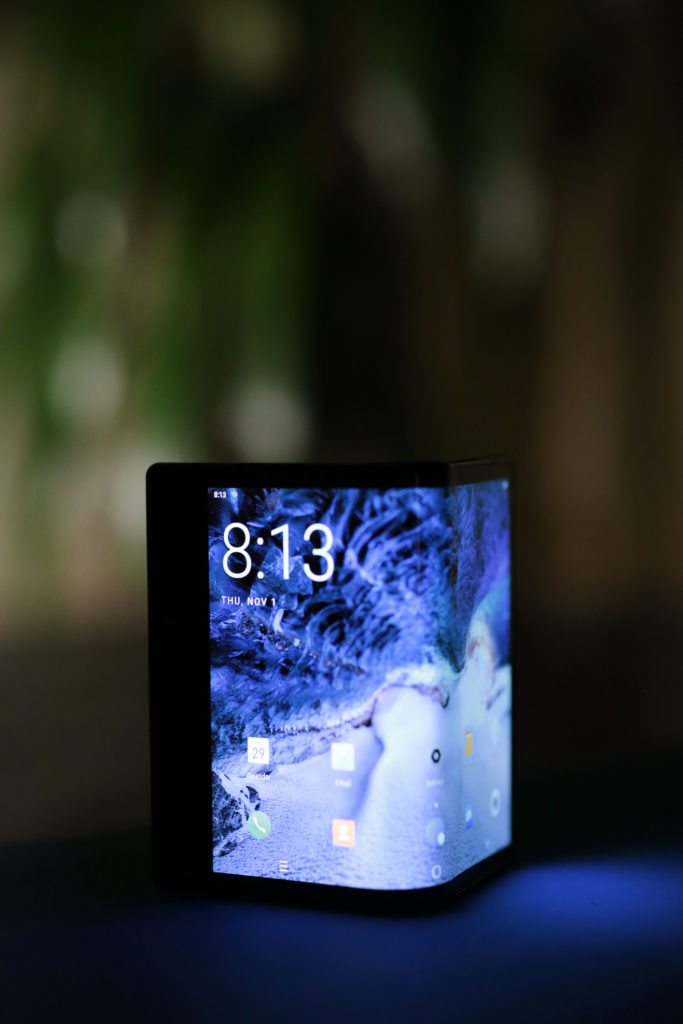
FlexPai uses Qualcomm’s latest Snapdragon 8-series flagship SoC, integrating their 7nm process SoC, the most powerful AI and upgradable to support 5G. Its camera set-up is made up of a 20-megapixel telephoto lens, and a 16-megapixel wide-angle lens, that can be used for both normal photo shooting or taking a selfie, thanks to the dual view camera mode. Fast-charging is powered by the company’s own Ro-Charge technology, which delivers a speed increase of 40%.
Royole’s flexible displays are produced at the company’s quasi-G6 mass production campus in Shenzhen, China, a 100% self-designed, R&D and manufacturing facility with a total investment of around $1.7B.
